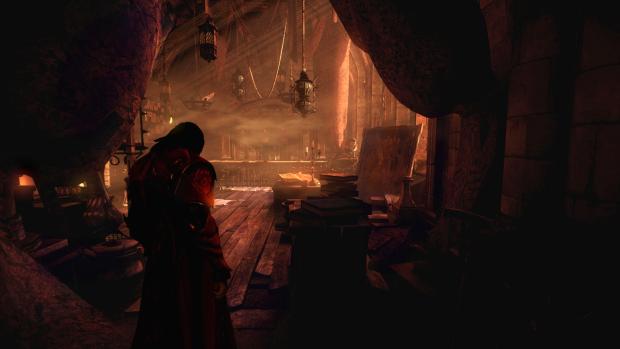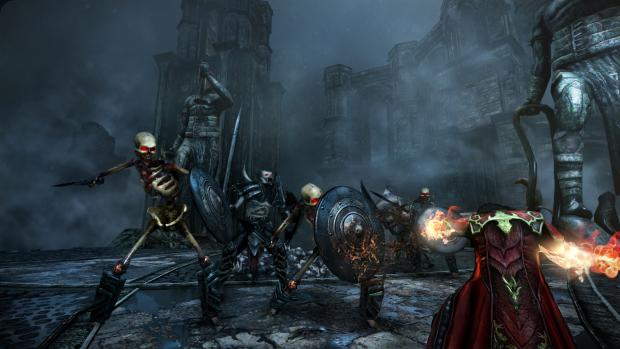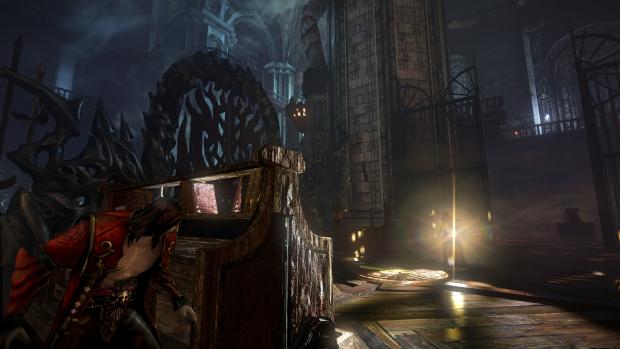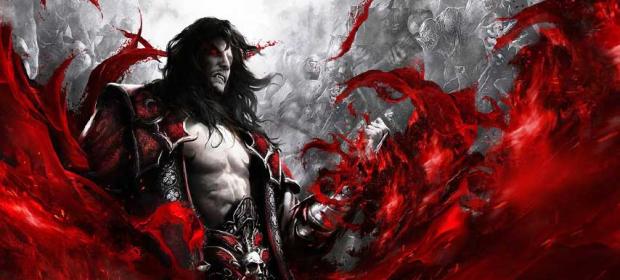Rebooting an iconic franchise is always going to be tricky, so it took a lot of people by surprise when MercurySteam’s reboot of Konami’s classic Castlevania series turned out to be so very good. It wasn’t perfect, but minor issues with pacing and difficulty, and the fact that it arguably out-stayed its welcome by two or three hours didn’t deter fans new or old.
A direct sequel was always in the stars thanks to the stellar cliffhanger ending, but downloadable title Mirror of Fate was never intended to scratch that itch, despite its quality. Instead, fans of the reboot have been waiting nearly four years for the continuation (and conclusion) of Gabriel Belmont’s transformation into the legendary vampire lord, Dracula.
The result is Lords of Shadow 2, a sprawling, semi-open adventure that splits its narrative between the present day and Dracula’s dark past. It begins with Gabriel’s resurrection in the now, where he is charged by his old ally / manipulator Zobek (the always fantastic Patrick Stewart) to prevent Satan’s return. The old horned one is still a bit ticked off about the whooping Gabriel gave him at the end of Lords of Shadow, and is busy invading present day Earth with an army of grotesque monsters to claim his vengeance.

The story is one of the better aspects, presenting Robert Carlyle’s Dracula as a brooding anti-hero who is only rendered the “good guy” because the bad guy is Satan himself. It has echoes of the Legacy of Kain series, as the once-proud King of a Gothic vampire kingdom struggles to regain his power. Initially weakened and rudderless, Dracula is given direction by Zobek and his own quest for answers, and slowly begins to gather his strength in tried and tested adventure game fashion: by killing gargantuan bosses and harvesting their various bits and pieces. Jokes aside, the plot is engaging from the very beginning, and although it’s hard to identify with Dracula, you still want him to win – especially if you invested time to beat the first game.
Interestingly, the world itself is more open this time around. Though you don’t have complete freedom and do have to follow the story to advance, it’s more like Darksiders, whereby you’ll follow the usual Metroid-Vania rules of progression by backtracking and unlocking new abilities to clear previously barred thoroughfares. Movement is fluid and enjoyable enough, but it’s really no different to a God of War title. The newly-freed camera is a double-edged blade: the freedom in combat and exploration is welcome at times, but the fixed camera in the previous game was rarely a problem. It meant you could always see the battlefield, and you knew where you had to go most of the time. Here, navigation can occasionally be confusing, and the combat suffers for a variety of reasons.

It’s based around three weapons and three methods of offence. Dracula has his whip for standard attacks, a Void Sword that steals life and freezes enemies, and the Chaos Claws, which launch bombs and smash through shields. It’s during the tutorial at the start, that you’ll first realise that the system is imbalanced, and it only gets worse.
The Sword and Claws both use up their own incredibly finite magical reserves, which are replenished by finding fonts or (more often than not) killing enemies. However, enemies drop piffling refills, so you’ll need to fill your focus meter to maximise damage and increase your magic refill rate. This requires landing around ten to twelve consecutive hits without taking one yourself. Sounds easy in a hack and slash game, but it’s not, because MercurySteam saw fit to let the enemies tank at you directly through your combos. That means they can land a blow while you’re in mid-swing, emptying your meter every time. To be clear: enemies can hit you while you are landing combos on them. It’s hugely infuriating, especially as the free camera means the action is usually seen from behind Dracula, and so enemies can hit you when you don’t even know they’re there. There’s no lock button, and trying to guard requires that you stand still, as blocking on the fly triggers an evasive dash, taking you away from your target.
When presented with multiple enemies, you’ll have to juggle all three weapons: whip for sustainable damage, Void Sword for healing, and Claws for breaking shields (which also annoyingly requires a string of consecutive hits, rather than accumulating the damage dealt). It would work if it were as fluid as DmC’s combat, but the swift depletion of magic leaves you stuck with the whip all the time. The usual X and Y combos are present, and Dracula has a decent variety of gagets, gizmos and trinkets to help both in and out of combat, but it all feels incredibly derivative, and the fact that even small enemies take four or five more hits than they should makes the difficulty seem forced and artificial, even on normal.

Insta-fail stealth sections and drawn-out boss encounters compound the feeling that the odds have been deliberately lengthened against you. The Titan battles (against colossal monstrosities you’ll have to climb as well as fight) are spectacular, even if we’ve seen them all before in other games.
It’s ironic for the genre that it’s outside the combat that Lords of Shadow 2 goes some way to redeeming itself. Navigating those stealth sections is fun at first, as Dracula possesses both rats and his enemies to get through high-security areas. It becomes stale after the third or fourth time, but it’s thankfully not the only trick up Dracula’s blood-stained sleeves. He can conjure bats to distract nasties, freeze water to form climbing walls, or blow areas away with the Claws. He can slow time, deploy an artefact to highlight secrets, and even turn into a dragon when he has to absolutely, positively clear every undead mother-humper in the room (though this is a rarely afforded gift).
The saddest thing is that we’ve seen it all before, many times, and often done better. The unlockable arena and challenge modes add longevity, and there’s a shop to spend your XP on tools instead of upgradeable skills, but Lords of Shadow 2 rarely shakes the feeling that it should have been a linear 10-hour adventure that’s been needlessly fleshed-out. Despite that, though, it’s a fairly solid experience. The frame-rate just about keeps up with the fantastical bombast, the narrative chugs along dropping clangers here and there while including genre tropes like fighting known myths (such as Medusa) and searching for “five of this to increase that”, etc.
It’s also very gruesome at times, and the beautifully grim art style is more affecting than ever, particularly when you use the White Wolf Medallion to fade back into the past and navigate your own crumbling, Hellish castle. The lip-synching is impressive, and the voice-work from the two leads is unsurprisingly excellent, while the score is fantastic, colouring the macabre atmosphere even darker.
VERDICT: Castlevania: Lords of Shadow 2 is a strange beast. It gives us the narrative conclusion we wanted, but in a sequel we arguably didn’t need. It’s fun enough, but never feels essential, and the fact that it’s let down by its combat – which plays such a huge and vital role – means you may reach the final stretch with little emotional investment to spare. It’s a shame that MercurySteam did so well with Lords of Shadow, but have somehow managed to commit the cardinal sin of sequels by enhancing the original’s flaws rather than eradicating them. Lords of Shadow 2 is still worthy of bearing the Castlevania name, but only just – and without some serious repair work, it might already be time to lay the rebooted franchise to rest once and for all.

GOOD. A game that scores 7/10 is worthy of note, but unworthy of fanfare. It does many things well, but only a few of them incredibly well and, despite a handful of good qualities, fresh ideas and solid mechanics, it fails to overwhelm.
Review code provided by publisher.





